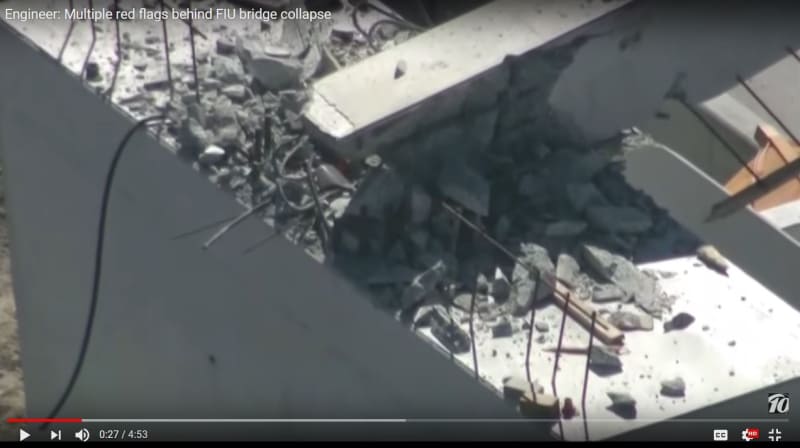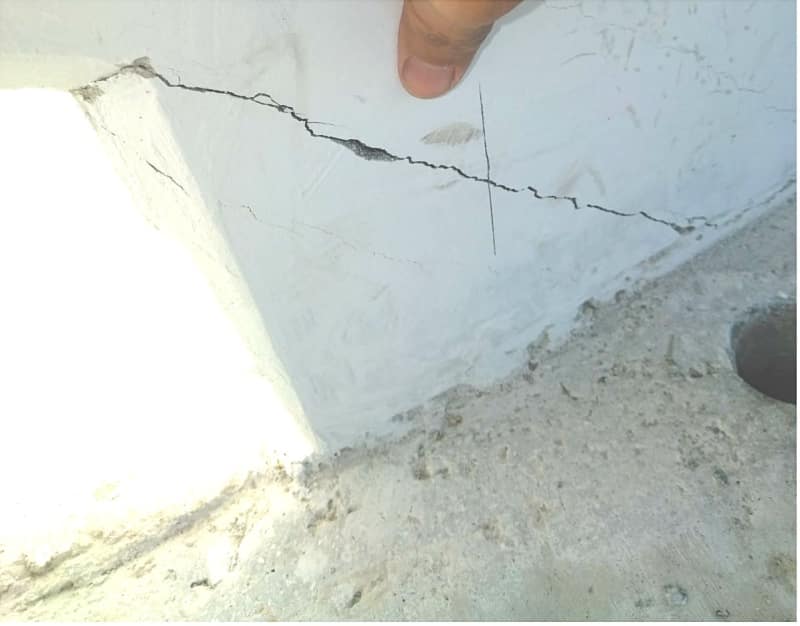It was, and still is a very interesting discussion, but somehow concentrating on the mode of the collapse, instead on the real reasons leading to this tragic accident.
It is obvious that the bridge was under designed as it failed under dead load alone. So, it’s apparent that there was a major design error overlooked by all involved parties.
As I posted before, the code and design guide used to design this bridge were leading to the seriously “undernourished” structure with unacceptable safety factor, or, as proven by the events, to failure under self-weight.
As on the typical well-founded project, a lot of studies were done such as the study of the loading. Unfortunately, no studies were conducted for the load factors to be used in the design, so typical AASHTO's were likely used, applicable to highway bridges and pedestrian crossings with light weight (steel) structures. The attached article presents some thoughts on the subject, as well as commonly used factors for different types of structures, and explains the risks associated with this approach.
Equally critical, in my opinion, was the methodology used in the design for shear stresses. The current code approach is to carry the excess stresses on the steel, using some fancy formulas, where the old approach was to carry all shear forces via reinforcement, when the allowable shear stresses where exceeded, and always use this approach in the support or anchorage zones.
Perhaps that the secret so closely guarded by NTSB? That the bridge was designed as per AASHTO and “Design Guide for Pedestrian Bridges” without major deviations?


